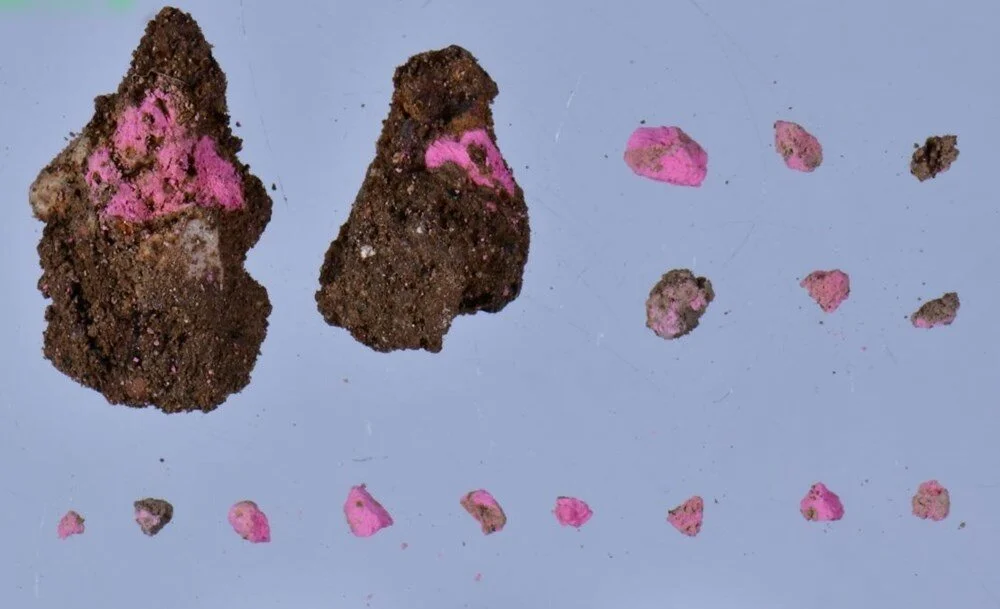
Makeup materials used by Roman women 2,000 years ago were found in the ancient city of Aizanoi
In the ancient city of Aizanoi, located in the Çavdarhisar district of Kütahya, makeup materials and jewelry products used by Roman women 2,000 years ago were unearthed.
Aizanoi was the main settlement of the Aizanitis people, who were affiliated with ancient Phrygia. During the Hellenistic period, this region alternated between being under the control of Bergama and Bithynia until it came under Roman rule in 133 BC. Aizanoi is home to the best-preserved Temple of Zeus in Anatolia and the world’s first commodity exchange building.
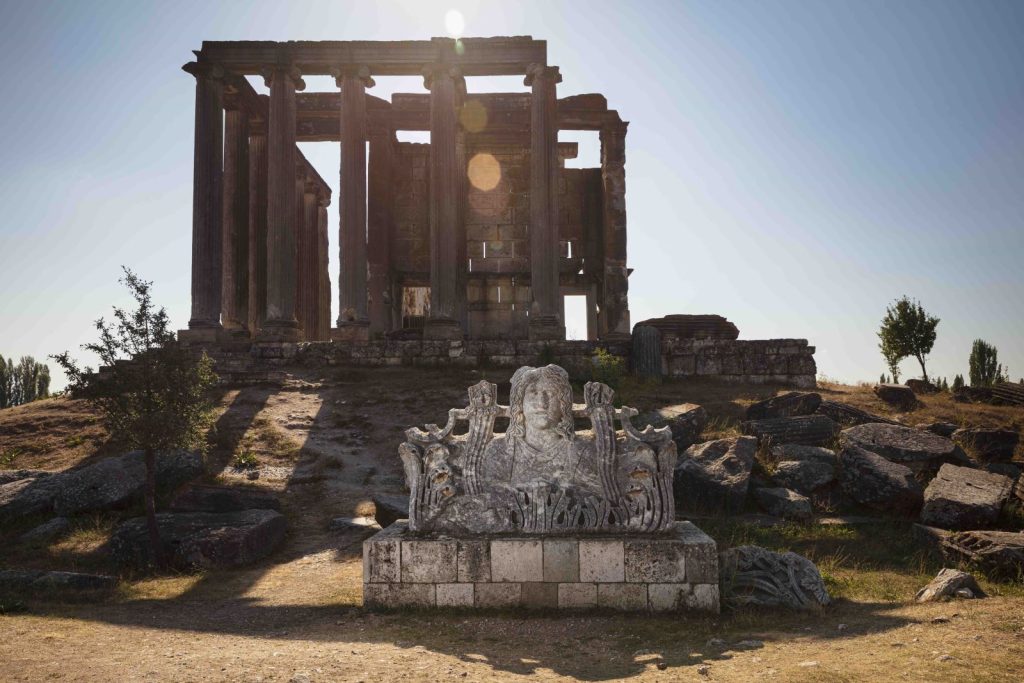
The excavations of the city of Aizanoi, which is on the UNESCO World Heritage Tentative List, are ongoing under the leadership of Prof. Dr. Gökhan Coşkun.
Gökhan Coşkun, stating that the excavation work is being conducted in the agora (marketplace) east of the Temple of Zeus, mentioned, “We have reached the 2,000-year-old shops in the marketplace. Our work is not only inside the shops but also in their surroundings. During these excavations, we also come across various inscriptions. These inscriptions provide us with information about which century these shops were established, built, and active between.”
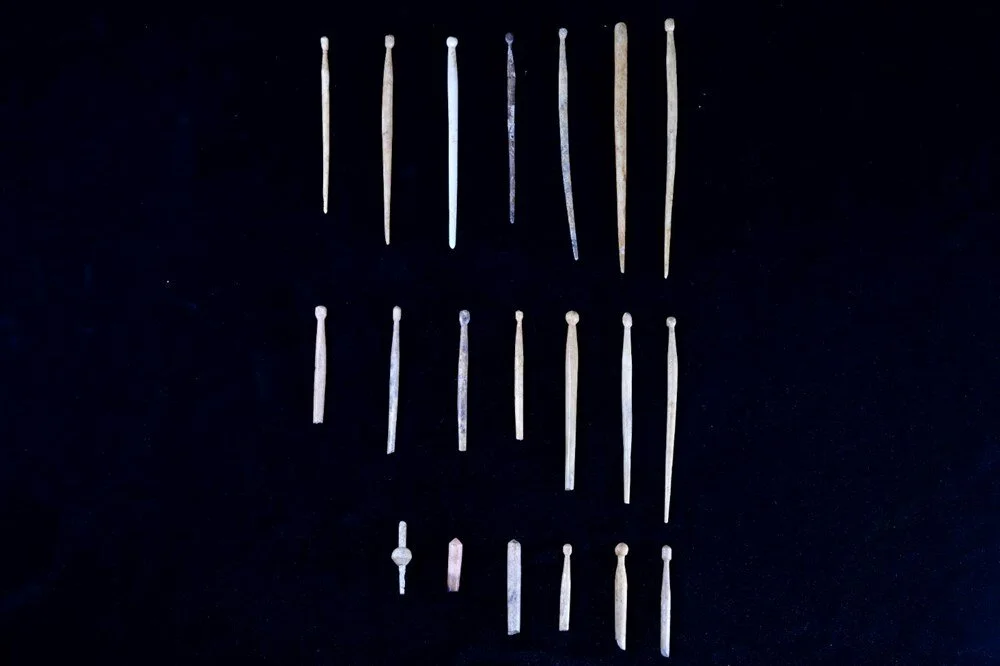
Coşkun emphasized that the discoveries in one of the shops both delighted and surprised them, stating, “We have determined that the area we completely uncovered was a shop selling cosmetic products such as perfumes, jewelry, and makeup materials. During the excavation here, we came across a large number of perfume bottles. In addition to these, there are jewelry products, including various beads, especially hairpins and necklaces used by women.”
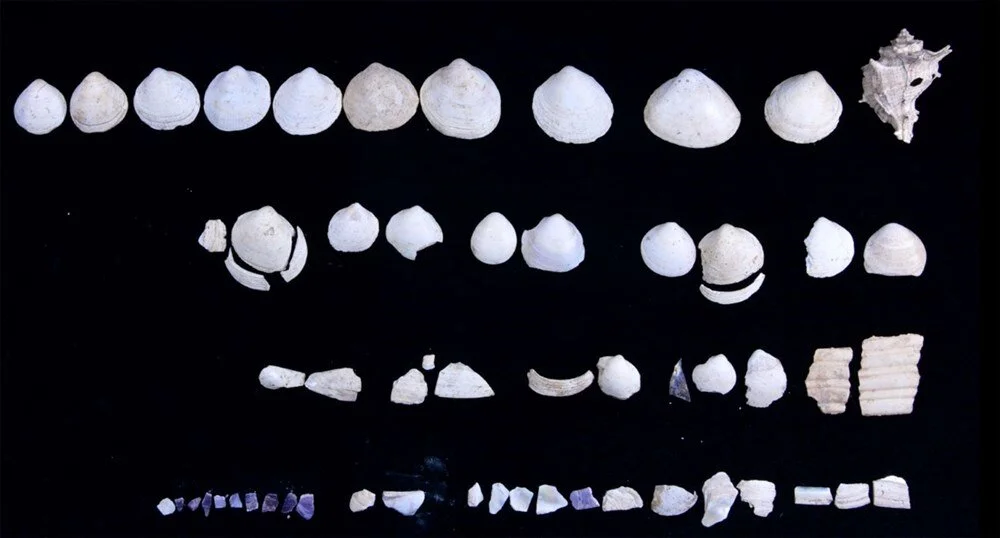
Coşkun, discussing the types of materials found in the excavation, continued:
“The most surprising findings among the discoveries were the makeup pigments, similar to today’s blush and eyeshadows. Of course, they don’t appear in perfectly preserved condition. Sometimes, they are found in pieces as small as a millimeter or two. We also found a piece that has completely preserved its integrity during the excavation. We know that in the ancient Roman Empire, makeup materials like blush and eyeshadow were often placed inside oyster shells for use. In the shop we excavated, we also came across a large number of oyster shells.”
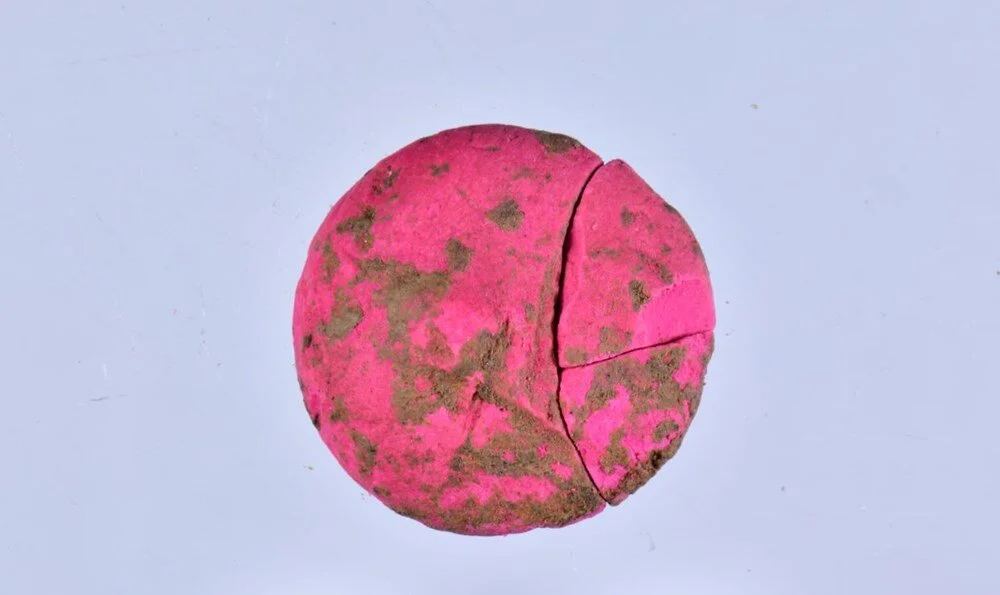
Coşkun, emphasizing that shades of red and pink were predominant, mentioned that they found makeup pigments in 10 different colors. He stated, “What the work we have done in this shop actually tells us is that people remain the same, and women are always women. Even in ancient times, women were doing makeup, wearing necklaces, and styling their hair to look beautiful. This continues today, and it’s all about enhancing the beauty of women.”
You may also like
- A 1700-year-old statue of Pan unearthed during the excavations at Polyeuktos in İstanbul
- The granary was found in the ancient city of Sebaste, founded by the first Roman emperor Augustus
- Donalar Kale Kapı Rock Tomb or Donalar Rock Tomb
- Theater emerges as works continue in ancient city of Perinthos
- Urartian King Argishti’s bronze shield revealed the name of an unknown country
- The religious center of Lycia, the ancient city of Letoon
- Who were the Luwians?
- A new study brings a fresh perspective on the Anatolian origin of the Indo-European languages
- Perhaps the oldest thermal treatment center in the world, which has been in continuous use for 2000 years -Basilica Therma Roman Bath or King’s Daughter-
- The largest synagogue of the ancient world, located in the ancient city of Sardis, is being restored











Leave a Reply